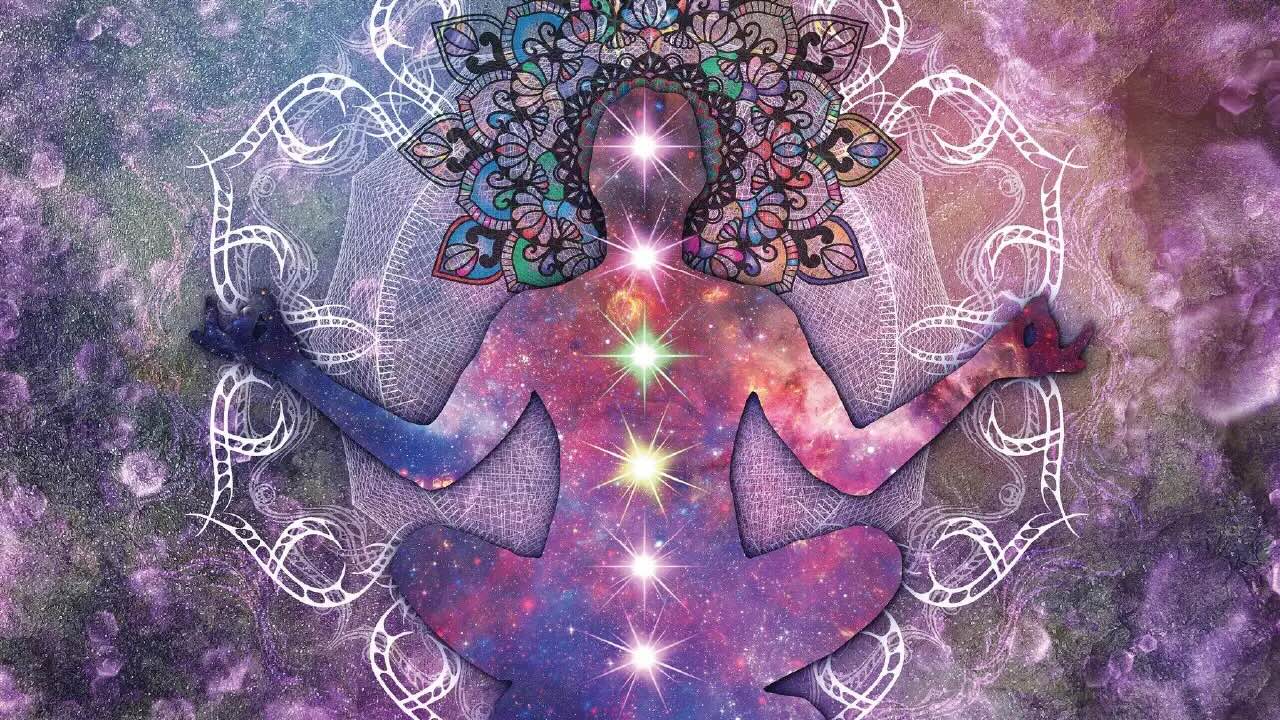
Chakras are energy centers in the body that play a crucial role in physical, emotional, and spiritual well-being. Originating from ancient Indian traditions, these spinning wheels of energy are believed to influence various aspects of life. But what exactly are chakras, and why should you care? Understanding chakras can help you achieve balance, reduce stress, and improve overall health. From the root chakra at the base of the spine to the crown chakra at the top of the head, each one has unique characteristics and functions. Ready to dive into the world of chakras? Here are 25 fascinating facts that will enlighten you about these mystical energy centers.
Key Takeaways:
- Chakras are energy centers in the body, each associated with specific colors and functions. They play a crucial role in physical and mental well-being, and can be balanced through practices like yoga and meditation.
- Chakras have a rich history rooted in ancient traditions, influencing spiritual practices like meditation and yoga. Modern interpretations include crystal healing, sound therapy, and guided meditations for achieving balance and well-being.
What Are Chakras?
Chakras are energy centers in the body, often depicted as spinning wheels. They play a crucial role in spiritual and physical well-being. Let's dive into some fascinating facts about chakras.
-
The word "chakra" comes from Sanskrit, meaning "wheel" or "disk."
-
There are seven main chakras aligned along the spine, from the base to the crown of the head.
-
Each chakra is associated with a specific color, starting with red at the base and ending with violet at the crown.
-
The root chakra, located at the base of the spine, is linked to survival instincts and grounding.
-
The sacral chakra, found just below the navel, governs creativity and sexual energy.
-
The solar plexus chakra, situated in the stomach area, is the center of personal power and confidence.
-
The heart chakra, located in the center of the chest, is associated with love and compassion.
-
The throat chakra, found at the throat, governs communication and self-expression.
-
The third eye chakra, located between the eyebrows, is linked to intuition and insight.
-
The crown chakra, at the top of the head, connects to spirituality and enlightenment.
Historical Background of Chakras
Chakras have a rich history rooted in ancient traditions. Their origins and development offer a glimpse into the spiritual practices of early cultures.
-
The concept of chakras first appeared in ancient Indian texts called the Vedas, dating back to 1500-500 BCE.
-
Chakras are a key component of Hinduism and Buddhism, influencing meditation and yoga practices.
-
The earliest detailed description of chakras is found in the Upanishads, ancient Sanskrit texts.
-
The chakra system was further developed in the Tantric traditions of Hinduism and Buddhism.
-
Western interest in chakras began in the late 19th century, thanks to the Theosophical Society.
How Chakras Affect Health
Chakras are believed to influence both physical and mental health. Understanding their impact can help in achieving balance and well-being.
-
Balanced chakras are thought to promote physical health, emotional stability, and mental clarity.
-
Blocked or imbalanced chakras can lead to physical ailments, emotional distress, and mental confusion.
-
Practices like yoga, meditation, and Reiki aim to balance and align the chakras.
-
Each chakra is associated with specific organs and bodily functions. For example, the heart chakra is linked to the heart and lungs.
-
Aromatherapy, using essential oils, can help balance chakras. Lavender is often used for the crown chakra, while sandalwood is used for the root chakra.
Modern Interpretations and Practices
Chakras continue to evolve in modern spiritual practices. New interpretations and methods keep the ancient concept relevant today.
-
Crystal healing uses specific stones to balance chakras. Amethyst is used for the crown chakra, while citrine is used for the solar plexus chakra.
-
Sound therapy, including chanting and singing bowls, is believed to harmonize chakras.
-
Guided meditations often focus on visualizing the chakras and their associated colors to achieve balance.
-
Some modern psychotherapists incorporate chakra balancing into their therapeutic practices.
-
Chakra bracelets and jewelry are popular tools for maintaining chakra balance throughout the day.
The Power of Chakras
Chakras aren't just mystical concepts; they're powerful tools for personal growth and well-being. Understanding these energy centers can help balance your mind, body, and spirit. From the Root Chakra grounding you to the Crown Chakra connecting you to higher consciousness, each one plays a crucial role. Incorporating practices like meditation, yoga, and mindfulness can activate and balance these chakras, leading to a more harmonious life. Whether you're a skeptic or a believer, exploring chakras offers valuable insights into your inner world. So, next time you feel off-balance, consider checking in with your chakras. You might be surprised at the positive changes that follow. Embrace the journey of self-discovery and let your chakras guide you to a more centered, peaceful existence.
Frequently Asked Questions
Was this page helpful?
Our commitment to delivering trustworthy and engaging content is at the heart of what we do. Each fact on our site is contributed by real users like you, bringing a wealth of diverse insights and information. To ensure the highest standards of accuracy and reliability, our dedicated editors meticulously review each submission. This process guarantees that the facts we share are not only fascinating but also credible. Trust in our commitment to quality and authenticity as you explore and learn with us.
